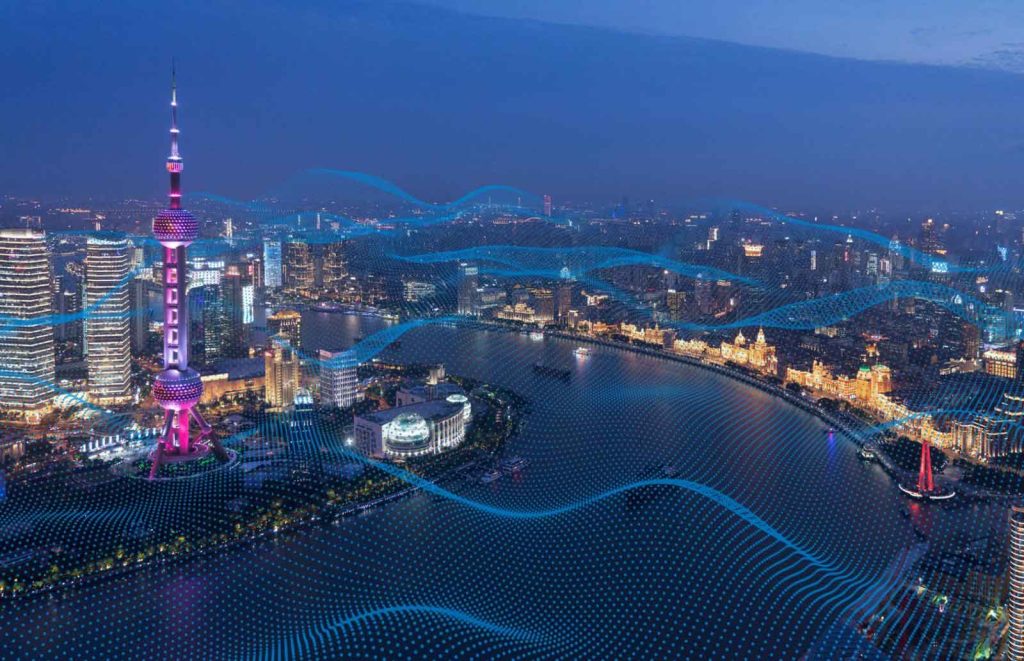In the era of digital transformation, data is at the heart of every industry. As the volume of data generated continues to grow exponentially, traditional centralized cloud computing models face limitations in terms of latency, bandwidth, and real-time processing. This has given rise to edge computing, a paradigm that redefines how data is processed, analyzed, and acted upon. In this blog post, we’ll explore the rise of edge computing and its impact on data processing.

1. What is Edge Computing?
Edge computing is a decentralized computing architecture where data processing is performed closer to the data source, often at the “edge” of the network, rather than in a centralized data center or the cloud. This approach reduces latency, minimizes bandwidth usage, and enables real-time data processing and analysis.
2. Key Drivers of Edge Computing
- Low Latency Requirements: Applications like autonomous vehicles, industrial automation, and augmented reality demand extremely low latency, which cannot be achieved with centralized cloud processing.
- Data Privacy and Security: Edge computing allows sensitive data to be processed locally, addressing privacy and security concerns associated with transmitting data to centralized cloud servers.
- Bandwidth Efficiency: Edge computing reduces the need for transmitting large volumes of data over the network, conserving bandwidth and reducing costs.
- Offline Operation: In scenarios where internet connectivity may be unreliable or non-existent, edge devices can continue to function autonomously.
3. Applications of Edge Computing
- IoT (Internet of Things): Edge computing is crucial for IoT devices, enabling local data processing, real-time decision-making, and reduced dependence on cloud resources.
- Smart Cities: Edge computing supports various smart city applications, such as traffic management, public safety, and environmental monitoring.
- Industrial IoT (IIoT): In manufacturing and industrial settings, edge computing optimizes processes, monitors equipment health, and enables predictive maintenance.
- Healthcare: Edge computing facilitates real-time health monitoring, remote surgery, and the secure processing of patient data.
- Autonomous Vehicles: Self-driving cars require immediate decision-making based on sensor data, making edge computing essential for vehicle safety.
4. Edge Devices and Infrastructure
Edge devices can range from IoT sensors and smartphones to edge servers and appliances. These devices are equipped with processing power, storage, and networking capabilities. Edge infrastructure includes edge data centers, micro data centers, and edge cloud platforms deployed in proximity to end-users and IoT devices.
5. Challenges and Considerations
While edge computing offers numerous advantages, it also presents challenges:
- Management Complexity: Managing a distributed network of edge devices and infrastructure can be complex and require robust management and orchestration tools.
- Security: Securing edge devices and infrastructure is crucial, as they are often more vulnerable to physical attacks and require robust security measures.
- Standardization: The edge computing ecosystem is still evolving, and standardization efforts are ongoing to ensure interoperability and compatibility among devices and platforms.
Conclusion
Edge computing represents a transformative shift in how data is processed and analyzed, enabling real-time decision-making and improved efficiency across various industries. As the volume of data continues to grow, edge computing will play an increasingly vital role in ensuring that data is processed where it matters most, at the edge of the network. This paradigm shift is reshaping industries and opening up new possibilities for innovative applications and services.



